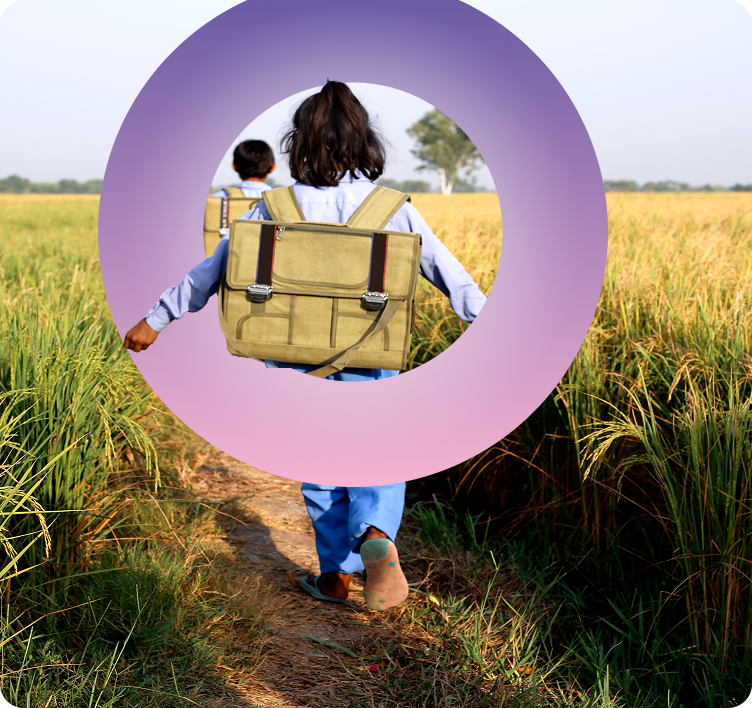This is Child rights
Child labour disrupts children’s development, depriving them of education and harming their physical and mental well-being. It is prevalent in industries like agriculture and apparel, where children often work in hazardous conditions instead of attending school. Poverty, lack of access to education, and social instability are key drivers, with weak regulatory oversight in many regions exacerbating the issue. Additionally, child labour perpetuates cycles of poverty and inequality, making it a persistent challenge.


